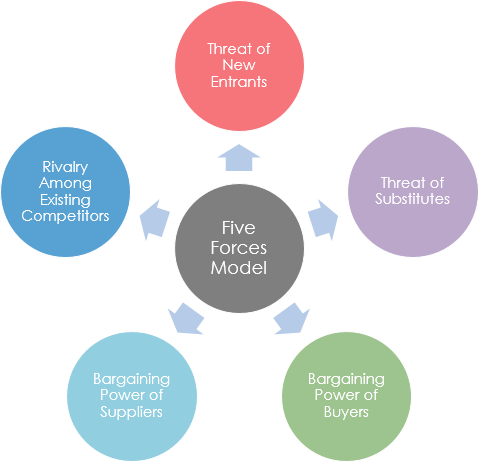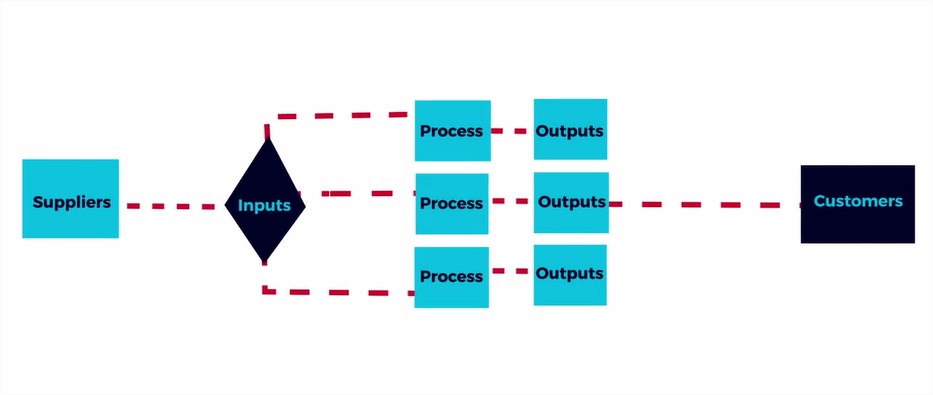My notes from “Using Strategic Thinking to Consider the Big Picture” course
How to develop the sense of the bigger picture?
Elevating Your Perspective
- Use Systems thinking - a holistic view of your organization
- Investigate how subsystems are interconnected
- A key element is identification of the boundaries in your department and organization (e.g., traditional ways of doing, assumptions about problems, lack of information)
- Develop a reflective approach, question what you know, what your role is, what impact you have
- Look for similarities among different companies, other departments
- Avoid jumping into conclusions. Instead, take a step back and troubleshoot the problem
Understanding Paradoxes
- Avoid reductionist thinking (breaking down information, figuring out single truth)
- There is no one root cause
- Use generative approach (what you can add, instead of what you can remove)
- Get comfortable dealing with complex circumstances (via intuition, exploration, collaboration)
- Use brainstorming and get team members’ inputs
Understanding Causality
- Focus on patterns
- Instead of looking for what is happening, people think of what should be happening (confirmation bias)
- It’s easier to confirm than challenge an idea
- Use hypothesis questions (What If…Then…) and evaluate available data
- Try using an influence diagram, to find out how different variables affect your decision (problems shown as rectangles, variables as ovals + directional arrows + positive/negative impact)
Considering External Factors
- Porter’s five forces model
- The bargaining power of customers (get lower prices)
- The bargaining power of suppliers (threat of new entrants/new organizations)
- Threat of substitutes (when customers can easily switch to alternative products)
- Competitors (changing margins)
- Analyze all threats and devise strategies to take the external forces into the account

Considering Internal Factors
- Make sure you understand organization strategy and vision
- Find out organizations strategic plans
- Talk with other people
- Think what goals should your department have to achieve a common vision
- Indentify and understand stakeholders and their concerns
Assessing Value and Supply Chains
- What value your work creates?
- Understand your organization’s value chain
- In most organizations there are nine value-added activities (inbound logistics, operations, outbound logistics, marketing and sales, services) + (infrastructure, HR management, technology development, procurement)
- Understand what brings most value and prioritize your work accordingly
- Create a visual representation SIPOC diagram

